1. The Asteroid Was Massive
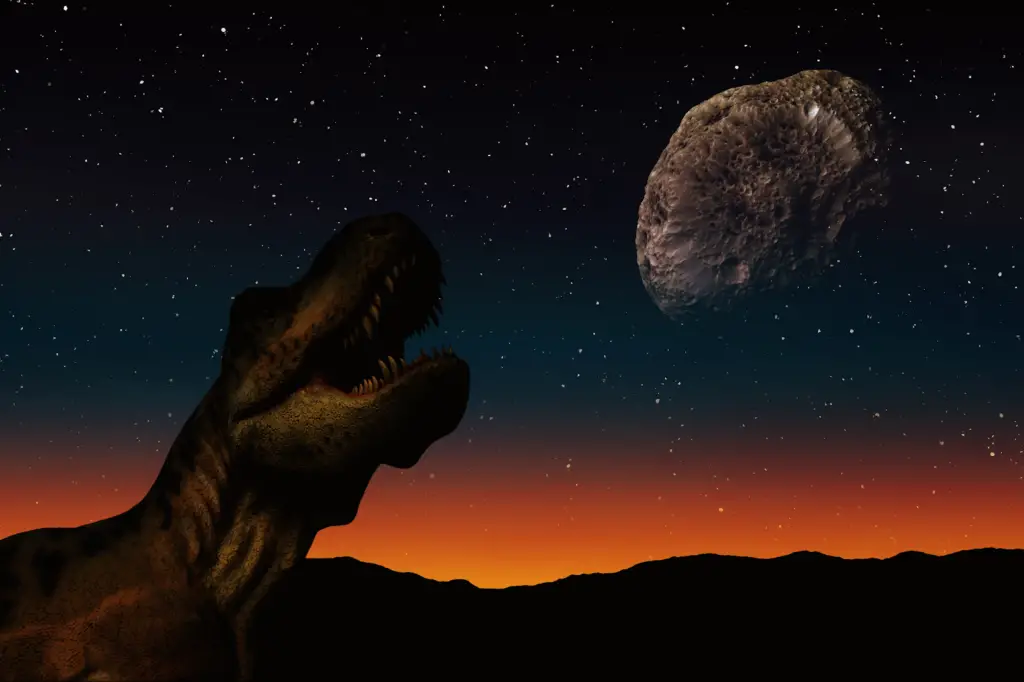
The asteroid responsible for the mass extinction event was about 6-9 miles (10-15 kilometers) in diameter. While it may not sound enormous compared to Earth, its size was significant enough to unleash catastrophic effects. According to NASA, the asteroid’s speed, estimated at 12-15 miles per second, magnified its destructive potential. When it hit, the energy released was equivalent to a staggering number of nuclear bombs.
This size and speed combined to create devastation on a global scale. The asteroid’s trajectory and point of impact determined how much debris was thrown into the atmosphere. Its collision with Earth was a precise and tragic alignment of natural forces. Despite its size, the asteroid’s effects were amplified by the geological features of the impact site. It hit a shallow sea rich in sulfur, compounding its destructive impact. The collision reshaped ecosystems and altered the course of evolution.
2. It Hit With the Power of Billions of Atomic Bombs
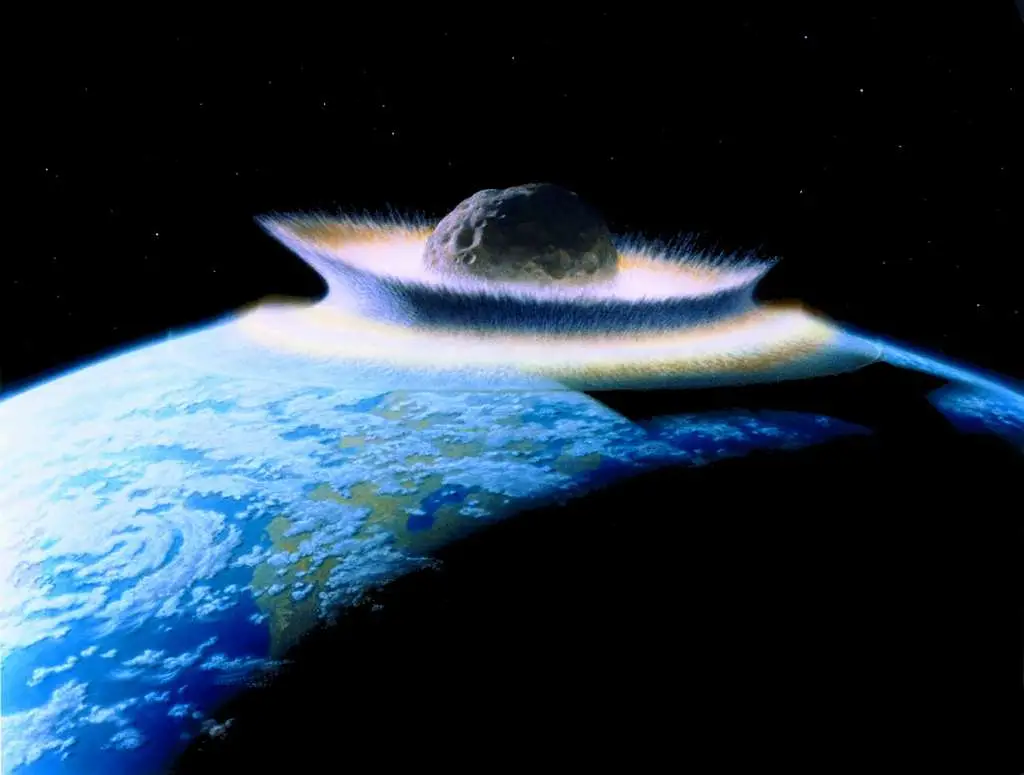
The impact released an estimated 100 trillion tons of TNT-equivalent energy. This amount is difficult to comprehend but was enough to instantly vaporize rock and create a shockwave that traveled for thousands of miles. The energy was concentrated in a single moment, generating immense heat and pressure. According to the Institute for Geophysics, this caused the formation of the Chicxulub crater and sent ejecta high into the atmosphere.
The shockwave caused immediate destruction, flattening everything in its path. It generated intense winds and seismic waves that circled the globe. The heat from the explosion ignited fires across vast areas. The energy release fundamentally altered the Earth’s environment. It caused both immediate and long-term effects on ecosystems worldwide. The event remains one of the most powerful natural explosions in the planet’s history.
3. It Created the Chicxulub Crater
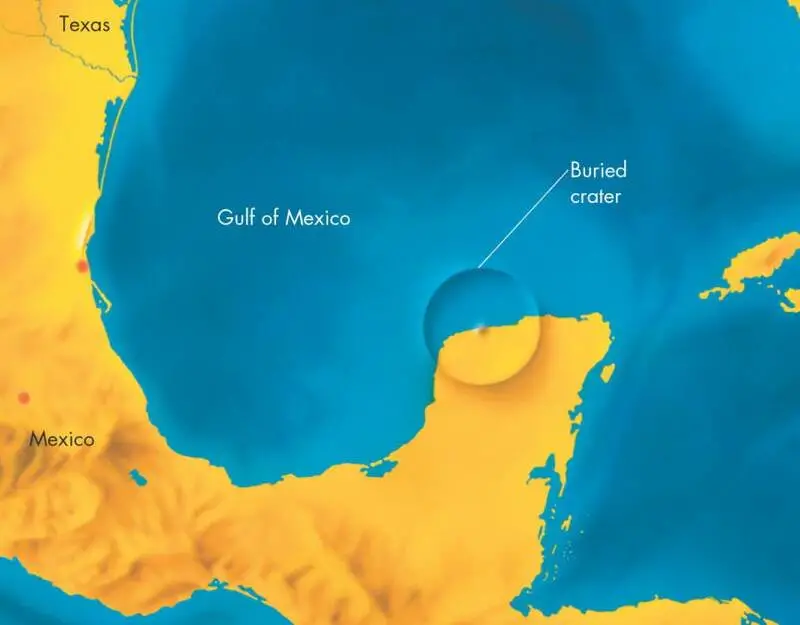
The asteroid struck near what is now the Yucatán Peninsula in Mexico, leaving behind a massive crater. The Chicxulub crater is over 93 miles (150 kilometers) wide and 12 miles (19 kilometers) deep, making it one of Earth’s largest impact craters. The sheer size of the crater illustrates the magnitude of the asteroid’s energy. Geological studies reveal that the impact melted rock and created shocked quartz, a hallmark of asteroid collisions, as discussed by the University of Oregon. The crater’s shape and features provide insight into the asteroid’s angle of impact.
This angle influenced how much material was ejected and how the debris spread. Beneath the surface, the impact caused upheavals in the Earth’s crust, forming peaks and ridges. The site’s geology has been extensively studied to understand the aftermath of the collision. The location was a shallow sea at the time, which contributed to the release of sulfur and other chemicals. These chemicals played a role in the global climatic effects that followed. Today, the Chicxulub crater remains a vital source of scientific discovery.
4. It Triggered a Global Firestorm
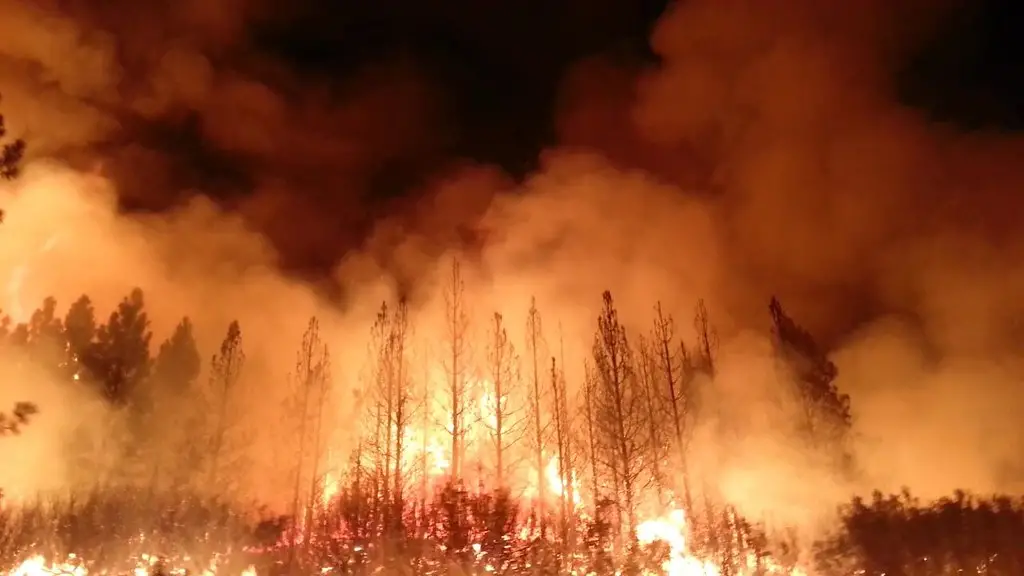
The immense heat generated by the impact ignited wildfires on a global scale. Debris from the collision was ejected into the atmosphere and re-entered at high speeds. According to Forbes, this caused friction and heat, effectively creating a rain of fire. The wildfires consumed vast forests and vegetation, releasing massive amounts of carbon dioxide. The fires contributed to a sudden spike in global temperatures.
Smoke and soot from the fires further blocked sunlight, worsening the impact winter. Evidence of charcoal deposits in geological layers supports the theory of widespread fires. These fires likely destroyed habitats and contributed to the mass extinction. The destruction of vegetation disrupted food chains, affecting herbivores and carnivores alike. The firestorm was one of several factors that combined to make the event so deadly. Its scale and intensity were unlike anything Earth has experienced since.
5. A Gigantic Tsunami Swept the Oceans

The asteroid’s impact displaced enormous amounts of water, creating colossal tsunamis. These waves were thousands of feet high and spread rapidly across the globe. Coastal areas were devastated as the tsunamis carried debris and caused massive flooding. According to Astronomy Magazine, evidence of these waves has been found in sediment layers far from the impact site.
The tsunamis not only affected marine life but also reshaped coastlines. Marine ecosystems were severely disrupted as habitats were destroyed. The sheer force of the waves carried rocks, trees, and other materials over great distances. Inland areas also felt the effects as rivers and lakes were overwhelmed. The tsunamis were among the most immediate consequences of the impact. Their reach and power highlight the interconnectedness of Earth’s systems. The event reshaped both land and sea in ways that are still visible today.
6. It Caused Darkness for Months
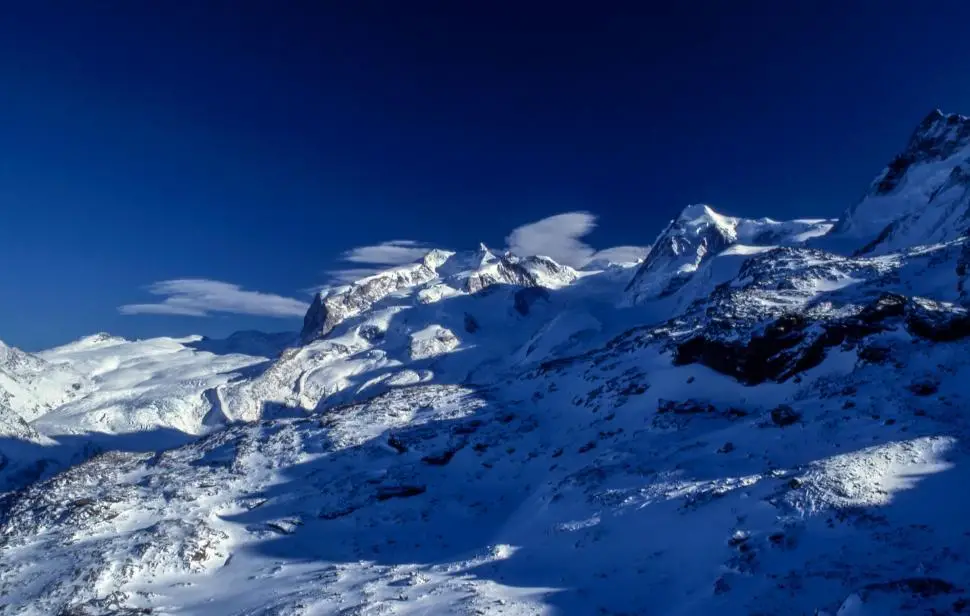
The asteroid impact sent massive amounts of dust, soot, and aerosols into the atmosphere. These particles formed a thick cloud that blocked sunlight, plunging the planet into darkness. This phenomenon, known as an “impact winter,” lasted for months or even years. Without sunlight, photosynthesis ground to a halt, collapsing plant-based food chains. The loss of vegetation affected herbivores first, followed by carnivores.
The cold, dark conditions further stressed surviving organisms. Evidence from sediment layers shows a sharp decline in plant life during this period. The darkness also caused temperatures to plummet, creating a temporary ice age. The prolonged lack of sunlight was one of the key factors in the mass extinction. The event demonstrates how interconnected Earth’s ecosystems are with its climate. Recovery from this period of darkness took millions of years.
7. 75% of All Species Went Extinct
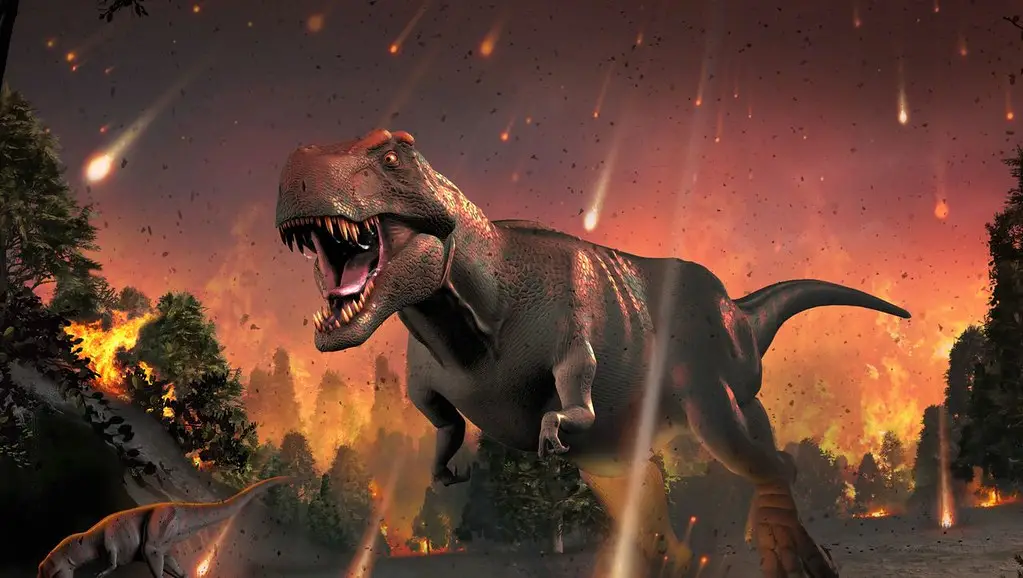
The aftermath of the impact led to the extinction of about 75% of Earth’s species. This includes all non-avian dinosaurs, as well as marine reptiles, pterosaurs, and many plants. The loss of such a significant portion of life altered ecosystems forever. Fossil evidence shows a dramatic decrease in biodiversity immediately following the impact. Entire food chains collapsed as primary producers and consumers disappeared.
Marine environments were particularly hard-hit, with plankton populations decimated. On land, the extinction event wiped out dominant species, creating opportunities for others to rise. This mass extinction is one of the “Big Five” in Earth’s history. The scale of loss underscores the asteroid’s catastrophic effects. Understanding these extinctions helps scientists predict how modern ecosystems might respond to global changes. The event paved the way for mammals to dominate the planet.
8. The Impact Altered Earth’s Climate
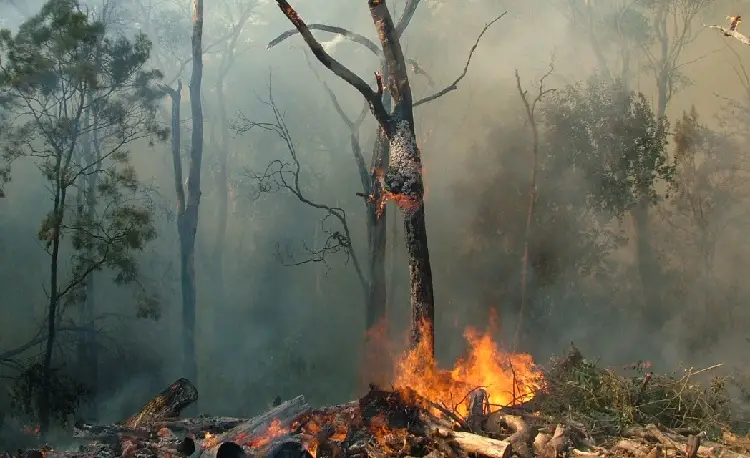
In addition to the immediate cooling caused by the dust cloud, the asteroid impact released vast amounts of greenhouse gases. Carbon dioxide, sulfur dioxide, and other chemicals were released into the atmosphere. These gases caused acid rain, which further damaged ecosystems. Over time, the release of CO2 contributed to long-term warming. The combination of short-term cooling and long-term warming created unstable climate conditions. Geological records show shifts in temperature and precipitation patterns following the impact.
These changes affected both terrestrial and marine environments. Acid rain would have made soils less fertile and waters more acidic. The altered climate created challenges for surviving species, slowing recovery. The event highlights the delicate balance of Earth’s climate system. Studying these effects provides insights into current climate challenges.
9. Evidence of the Impact Was Found in Iridium Layers
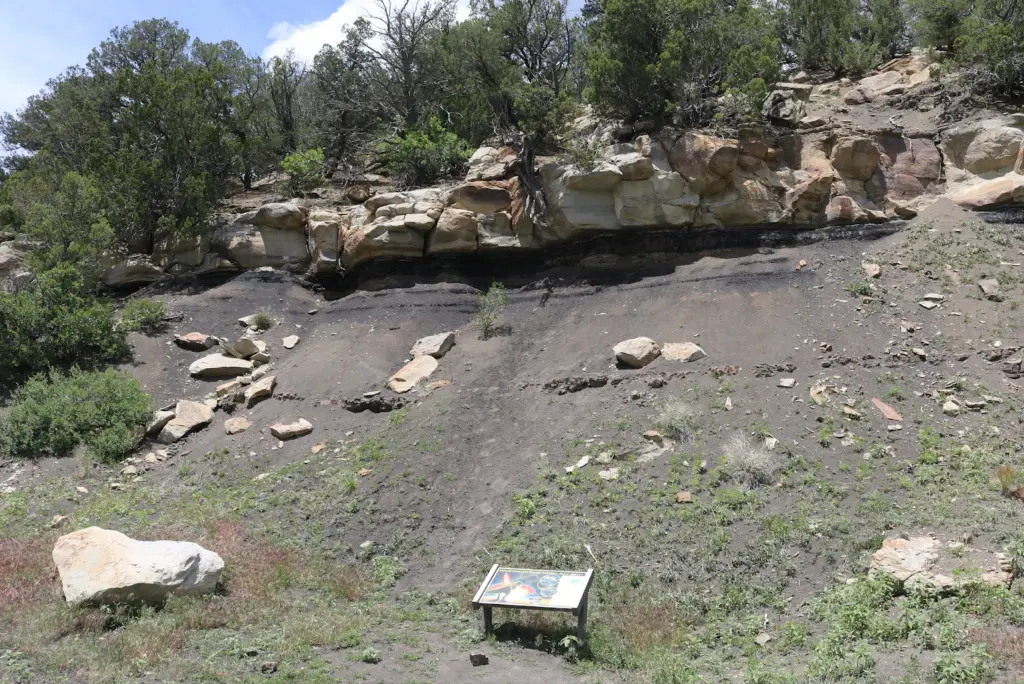
Iridium, a rare element on Earth but common in asteroids, was discovered in a global layer of sediment. This layer, known as the “K-Pg boundary,” dates back 66 million years. The high concentration of iridium provided crucial evidence linking the asteroid to the extinction event. The layer is found in sedimentary rocks around the world, indicating a global impact. Its discovery was a turning point in understanding the dinosaurs’ extinction.
Other elements and minerals in the layer also support the asteroid theory. The K-Pg boundary serves as a marker for the end of the Cretaceous period. Its presence in diverse locations underscores the global reach of the asteroid’s effects. The iridium layer is often used as a teaching tool for understanding geological history. It remains one of the most compelling pieces of evidence for the asteroid’s role in the extinction.
10. It Paved the Way for Mammals to Thrive
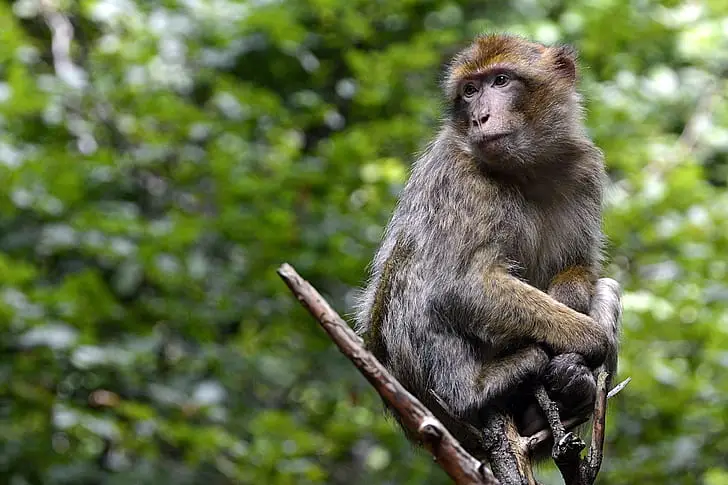
With dinosaurs no longer dominating ecosystems, mammals had the opportunity to diversify. Before the asteroid impact, mammals were small and occupied limited ecological niches. The extinction of large predators and competitors allowed mammals to expand. Fossil evidence shows a rapid increase in mammal diversity after the impact. This included the emergence of new species adapted to a wide range of environments.
Over millions of years, mammals evolved into larger and more complex forms. The asteroid’s effects indirectly set the stage for human evolution. By reshaping ecosystems, the event created opportunities for primates to emerge. This shift highlights how catastrophic events can lead to new evolutionary paths. The rise of mammals demonstrates the resilience of life on Earth. The asteroid’s impact ultimately shaped the course of life’s history.
11. It Wasn’t the First (or Last) Major Impact
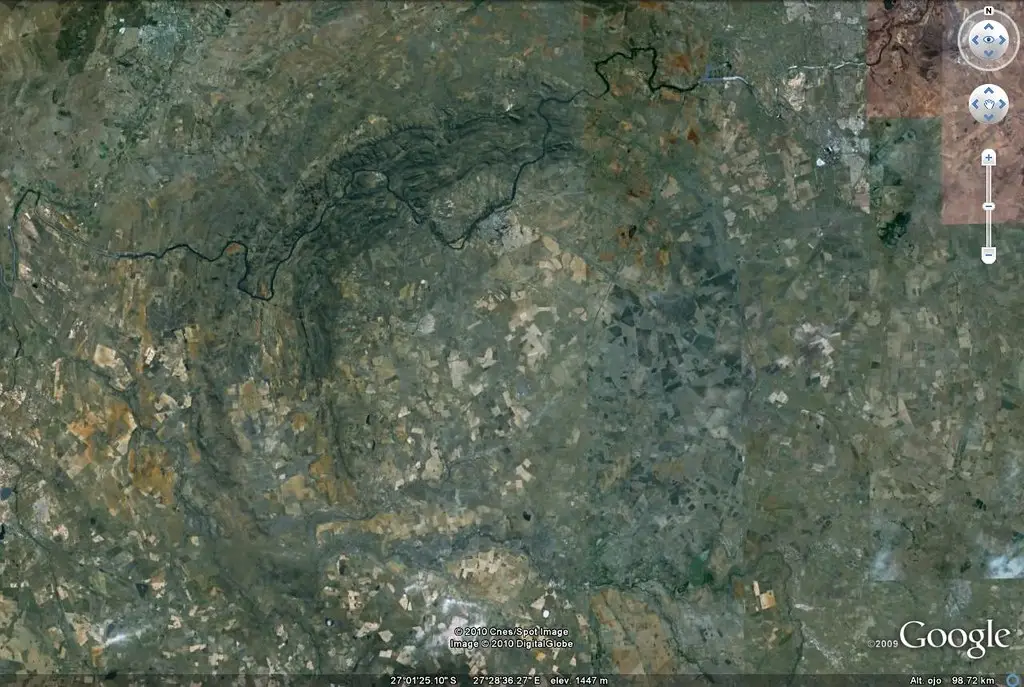
The Chicxulub asteroid wasn’t the only massive object to strike Earth. Scientists have identified other craters from significant impacts, such as the Vredefort and Sudbury basins. These events also caused dramatic changes to Earth’s environment and life. The possibility of future asteroid collisions remains a concern for planetary defense. Ongoing efforts aim to detect and deflect potentially hazardous asteroids.
The Chicxulub impact serves as a reminder of Earth’s vulnerability to cosmic events. Studying past impacts helps scientists prepare for future threats. Large impacts are rare but can have global consequences. They highlight the need for international cooperation in planetary defense. The asteroid’s legacy is a testament to the dynamic and sometimes violent history of our planet. Its story continues to inspire research and awe.


